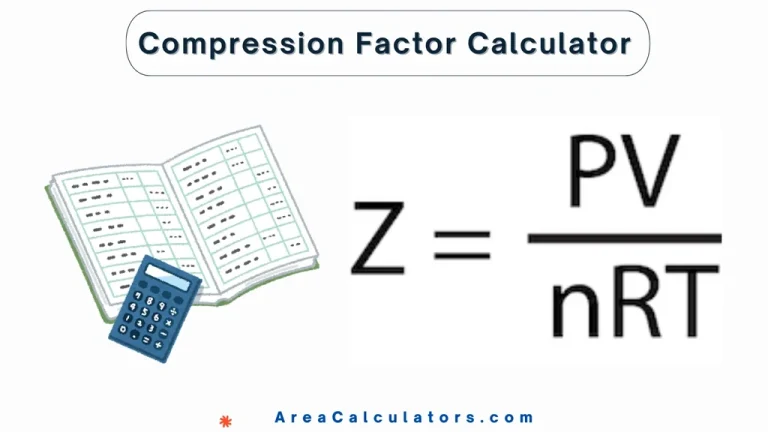Antenna Polarization Loss Factor (PLF) Calculator
To determine the Antenna Polarization Loss Factor (PLF), divide the power received () by the power incident (). This gives a ratio representing the efficiency of polarization alignment between the transmitting and receiving antennas.
The Antenna Polarization Loss Factor (PLF) Calculator is an essential tool for RF engineers and communication system designers. This calculator helps in understanding the efficiency loss due to polarization mismatch between transmitting and receiving antennas.
Correct polarization alignment maximizes signal strength and minimizes losses, crucial in applications like satellite communication, radar systems, and wireless networking. With this tool, you can ensure optimal system performance by calculating polarization loss accurately.
Formula
PLF =
| Variable | Description | Unit |
|---|---|---|
| PLF | Polarization Loss Factor | Dimensionless |
| Power Received | Watts | |
| Power Incident | Watts |
Solved Calculations
Example 1: Calculate the PLF for an antenna system where:
- Power received (): 8 W
- Power incident (): 10 W
| Step | Calculation | Result |
|---|---|---|
| Polarization Loss Factor |
Example 2: Find the PLF for an antenna system with:
- Power received (): 5 W
- Power incident (): 12 W
| Step | Calculation | Result |
|---|---|---|
| Polarization Loss Factor |



